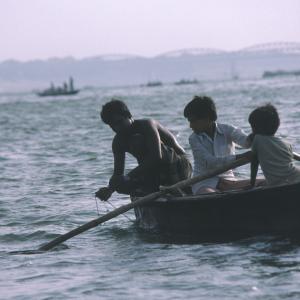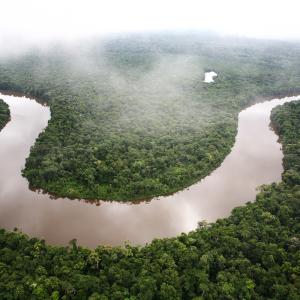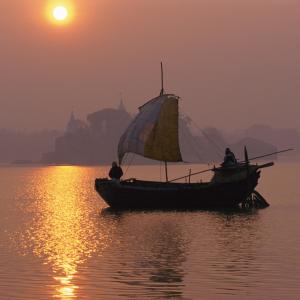The Ganges river basin is home to more than 650 million people and hundreds of aquatic species, including the endangered Ganges river dolphin. The river – sacred to Hindus, who refer to it as Mother Ganga – and its tributaries provide water for many millions of farms, factories and households.
But the river is in trouble. Too much water is taken for irrigation, pollution harms its health, dams disrupt natural flows and habitats are being destroyed.
We’re involved in a variety of projects to help bring the Ganges and the Ramganga tributary back to health. But we couldn’t do it without the support of thousands of local volunteers who’ve pledged to be “Mitras” – or “Friends of the river”.
The Mitras are drawn from all walks of life, and include representatives from government, agriculture, industry, communities and NGOs, as well as concerned individuals and academics. What unites them is a shared concern for the river condition, and a wish to see it managed responsibly. It’s a bold new approach to water management in India where decisions tend to be imposed from the top down with little involvement of local stakeholders.
Some of the things the Mitras have achieved so far include:
- Working with communities to raise awareness of the threats facing the river and what people can do to help, and campaigning for better river management
- Promoting more sustainable farming practices with the aim to increase flows of water in the river and reduce pollution
- Carrying out assessments of river health and water quality by collecting water samples
- Monitoring freshwater species, including fish, gharials (a species of fish-eating crocodile with a long, thin snout, classified as critically endangered), three species of turtle and river dolphins. By monitoring gharials for example, we can translocate eggs from nests that are in unsuitable areas
We’ve established Mitra groups in six districts to date, and are working to establish groups in four more. They are now independent, self-governed groups that manage their own budgets, though we’re continuing to provide training and other support to build their capacity. In total, there are now more than 4,000 Mitras, bringing together committed local people who want to make improvements in their river.
Read the case study (2017) PDF detailing this work
 The Ganges: India's sacred river
The Ganges: India's sacred river
 Our lakes and rivers are vital for people and wildlife
Our lakes and rivers are vital for people and wildlife
 Friends of the Ganges: bringing the basin to health
Friends of the Ganges: bringing the basin to health